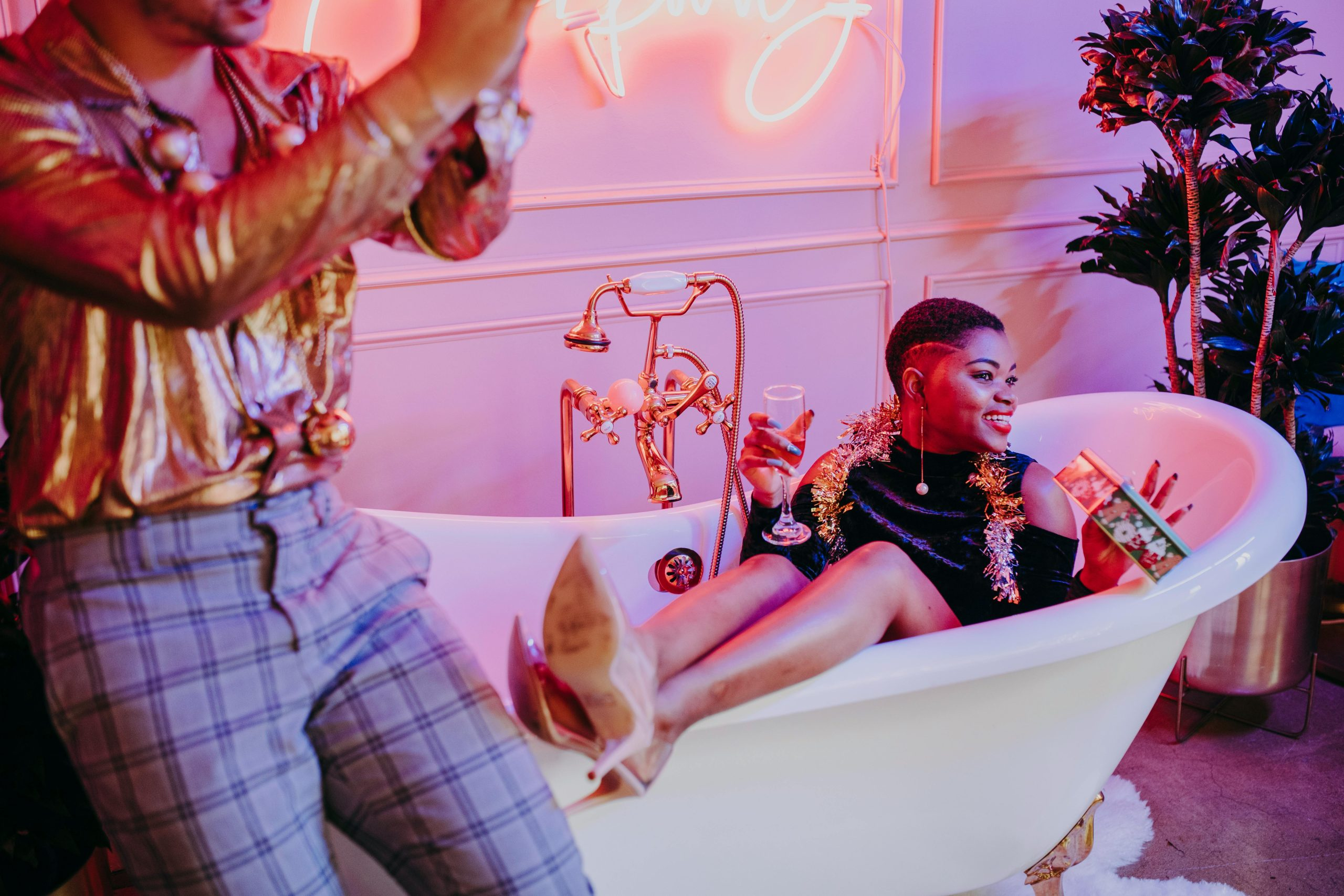The Science Behind fashion trends in Relationships And Social Life
The fashion industry is ever-changing, with trends constantly circulating and evolving. While many believe that fashion trends are simply a form of self-expression, there is actually a deeper science behind their influence in relationships and social life. From choosing an outfit for a first date to keeping up with the latest styles in order to fit in with a certain social group, fashion plays a significant role in how we interact with others and how we are perceived by them. In this article, we will delve into the science behind fashion trends in relationships and social life, shedding light on the psychology behind our fashion choices and how they impact our interpersonal dynamics.
The Psychology behind Fashion Trends
Before we can understand the impact of fashion trends on relationships and social life, we must first understand the psychology behind our fashion choices. According to research, humans have a natural tendency towards conformity and a desire to fit in with their social group. This is known as the Fundamental
Insight Effect and it explains why we often follow fashion trends and strive to dress in a way that is considered “in style”. The fear of being rejected or ostracized by our peers is a powerful motivator, leading many to prioritize fitting in over personal style.
Additionally, fashion trends often tap into our desire for individuality and self-expression. By wearing the latest styles, we feel like we are showcasing our unique identity and sense of self. This desire for self-expression is further amplified by social media, where individuals can curate their personal brand through their fashion choices.
The Impact on Relationships
It is no secret that first impressions are incredibly important, especially when it comes to forming new relationships. And, whether we like it or not, our appearance plays a big role in those first impressions. Studies have shown that people form opinions about others within the first few seconds of meeting them, based on nonverbal cues such as clothing choices.
For example, if you show up to a first date wearing a trendy outfit, it can signal to your date that you are sociable and up-to-date with current trends. On the other hand, if you show up in outdated or unstylish clothing, it may give the impression that you are not as outgoing or confident. Similarly, in social situations, wearing the latest fashion trends can help to signal our preferred social group and attract like-minded individuals.
The Role in Social Life
Fashion trends not only impact how we are perceived by others but also play a role in our social interactions. For many, dressing in the latest styles can boost self-confidence and improve self-esteem. This can lead to more positive and outgoing interactions with others, as we feel more comfortable and confident in our appearance.
Furthermore, in some social circles, fashion trends can be a way to establish hierarchy and status. By wearing high-end designer clothes or being the first to adopt a new trend, individuals can assert their position of influence and wealth. In turn, this can lead to increased attention and admiration from others in the social group.
Conclusion
The science behind fashion trends in relationships and social life is complex and multifaceted. While trends may seem superficial on the surface, they hold a deeper psychological influence on how we interact with others and how we are perceived by them. From the desire to fit in and conform to our need for self-expression and individuality, fashion trends play a significant role in shaping our interpersonal dynamics. So, the next time you pick out an outfit, remember that there is more at play than just looking good – your fashion choices also have a psychological impact on your relationships and social life.










